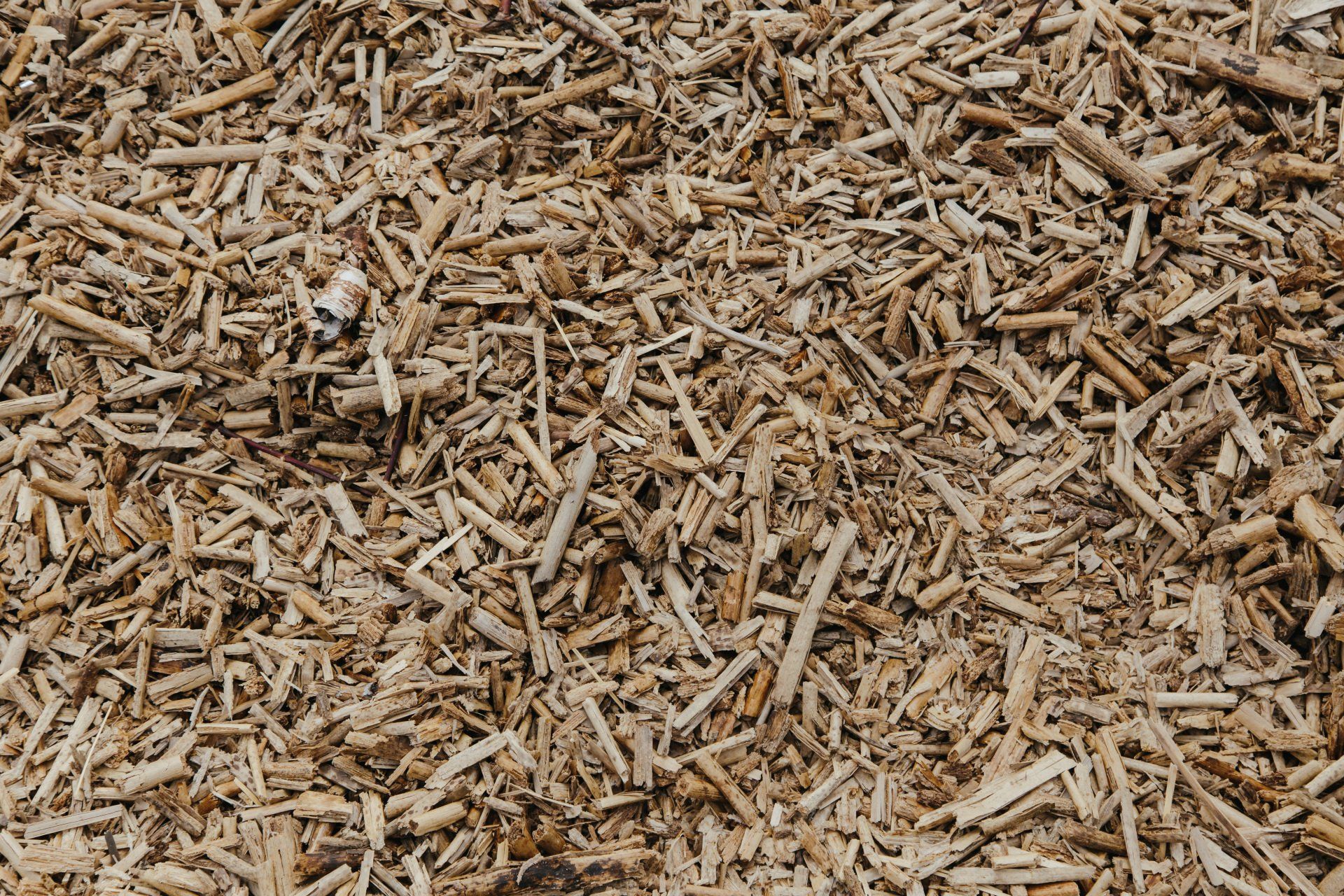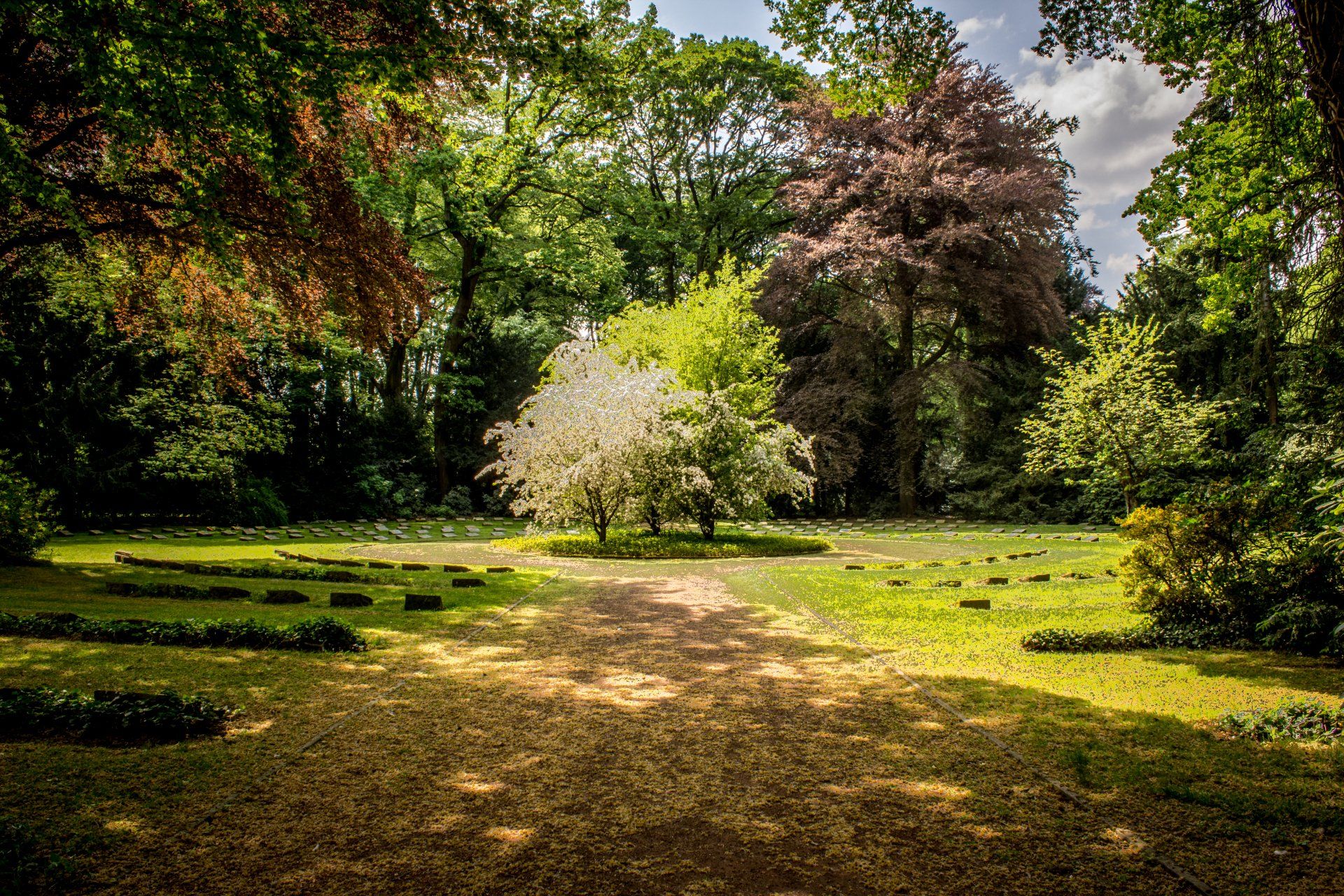🌳 Looking for free wood chips near you? Whether you're a gardener, landscaper, or homeowner looking for cost-effective mulch, free wood chips can be a game-changer. In this guide, we'll cover where to get them, how to use them effectively, and the best practices for making the most out of your free delivery.
Free Wood Chips Near Me: How to Find and Use Them for Landscaping
Written By: Eric Ledford
ISA Certified Arborist – PN-9290A
ISA Qualified Tree Risk Assessor (TRAQ)
Post updated June 26, 2025
How to Get Free Wood Chips: A Comprehensive Resource for Locating them Near You
Where To Get Free Wood Chips Near You
🌲 Watch How Our Free Wood Chip Delivery Works in Seattle!
Ever wondered what a load of fresh wood chips looks like when delivered to your property? Check out this quick video to see our professional Sound Tree Care chip truck in action! Our locally sourced wood chips are perfect for landscaping, gardening, and enhancing soil health. If you're in the Seattle area, sign up to receive a free delivery of clean, nutrient-rich wood chips—conveniently dumped right where you need them!
Sound Tree Care Woodchip or Log Drop Request
Don't reside near Seattle? There is a convenient app for locating wood chips and firewood logs that can help you called Chipdrop.
🍂 Types of Free Wood Chips & Their Uses

❓ Free Wood Chips FAQ: Everything You Need to Know
Wondering if free wood chips attract termites, work for veggie gardens, or come in specific types? We’ve got you covered. Below are quick, expert answers to the most common questions we get — no guesswork required.
❓ Will free wood chips attract termites?🐜
It’s a common concern — especially for homeowners — but the good news is: wood chips are unlikely to attract termites when used properly.
✅ Termites prefer solid, moist wood — like logs, tree stumps, or untreated lumber in direct contact with soil. Wood chips, on the other hand, are small, dry, and decompose faster, making them a less ideal habitat for termites.
However, to be cautious, here are a few best practices when using wood chip mulch:
Keep mulch at least 6 inches away from your home’s foundation. This prevents moisture buildup and eliminates direct contact that could invite pests.
Avoid deep mulch layers (more than 3–4 inches). Over-mulching traps moisture and creates an environment some insects may enjoy.
Use aged or composted mulch when possible. Fresh mulch can be more attractive to insects due to higher sugar and moisture content.
Ensure good drainage around your home and landscaping beds to prevent wood chips from staying wet for long periods.
🧠 Pro Tip: Termites are a bigger risk with improper grading, wood-to-soil contact with structures, or untreated wood debris — not wood chips used responsibly in landscaping.
By following basic guidelines, you can safely use wood chips to beautify your yard without increasing the risk of termites.
❓ Are wood chips safe for vegetable gardens? 🍅
✅ Yes — wood chips can be a great addition to vegetable gardens when used the right way! They help retain moisture, suppress weeds, and improve soil structure over time.
For the best results:
Use aged or composted wood chips — Fresh chips can temporarily tie up nitrogen in the soil as they break down, which may affect young vegetable plants.
Apply wood chips around (not directly on) plants — Keep a few inches of space around stems to avoid rot or mold.
Use chips as a mulch layer — Spread them over paths, between rows, or on top of composted beds to retain moisture and reduce weeds.
🌿 Bonus Tip: Over time, wood chips break down and add organic matter to your garden soil, boosting microbial activity and soil health.
🛑 Avoid chips from black walnut or treated lumber — these may contain compounds harmful to vegetable plants.
When applied correctly, wood chips are a safe, sustainable, and affordable mulch option for your food garden!
❓ Can I request specific types of wood chips? 🌲
❓ Can I Request Specific Types of Wood Chips? 🌲
✅ You can request specific types of wood chips — but availability isn't always guaranteed.
Most free wood chips come from local tree trimming and removal jobs, which means they’re typically a mix of tree species (like maple, fir, cedar, or alder). While some people prefer chips from certain trees — such as aromatic cedar for pest control or hardwoods for garden paths — fulfilling these requests depends on what jobs we’re working on at the time.
Here’s what to know:
You’re welcome to request preferences (e.g., no pine, mostly hardwoods), and we’ll do our best to accommodate.
We can’t always guarantee specific species, since arborist chips are produced as-needed from local work.
Mixed wood chips are still excellent for landscaping, gardening, and mulching — they break down well and provide great soil benefits.
🌿 Pro Tip: If you need a specific type of mulch for aesthetic or horticultural reasons, ask us about our premium mulch delivery options.
❓ How much does a free delivery include? 🚛
✅ Most free wood chip deliveries range from 10 to 20 cubic yards, depending on the size of the load and the availability at the time.
At Sound Tree Care, we deliver chips using our Ford F-450 and F-650 dump trucks, which can carry loads between 10 and 20 cubic yards — roughly the size of a large pickup truck bed up to a full commercial dump truck.
However, please note:
Loads aren’t always full — Delivery amounts depend on the job we’ve just completed and what fits on the route.
We cannot guarantee an exact volume, but you’ll typically receive enough to cover a large portion of a garden, yard, or multiple landscape beds.
We do not offer partial or split loads — deliveries are made as a full drop at a single location.
🌿 Pro Tip: One cubic yard covers about 100 square feet at 3 inches deep — so even a mid-size delivery can go a long way!
How much free wood chips can I get?
You can reserve up to a full truckload of free wood chips—10 cubic yards—in a single drop! That’s roughly ten pickup‐truck loads worth, so you’ll have plenty to mulch garden beds, pathways, playgrounds… whatever you need. 🚚🌲
First-come, first-served: Each drop is filled based on available stock, so book early in the week to lock in your slot.
Need even more? Simply schedule a second free drop once you’ve used up the first pile (subject to availability).
Prefer guaranteed timing or extra volume? Upgrade to Premium Delivery for larger orders and exact drop-times.
🌱Unlocking the Benefits: Everything You Need to Know about Free Wood Chips
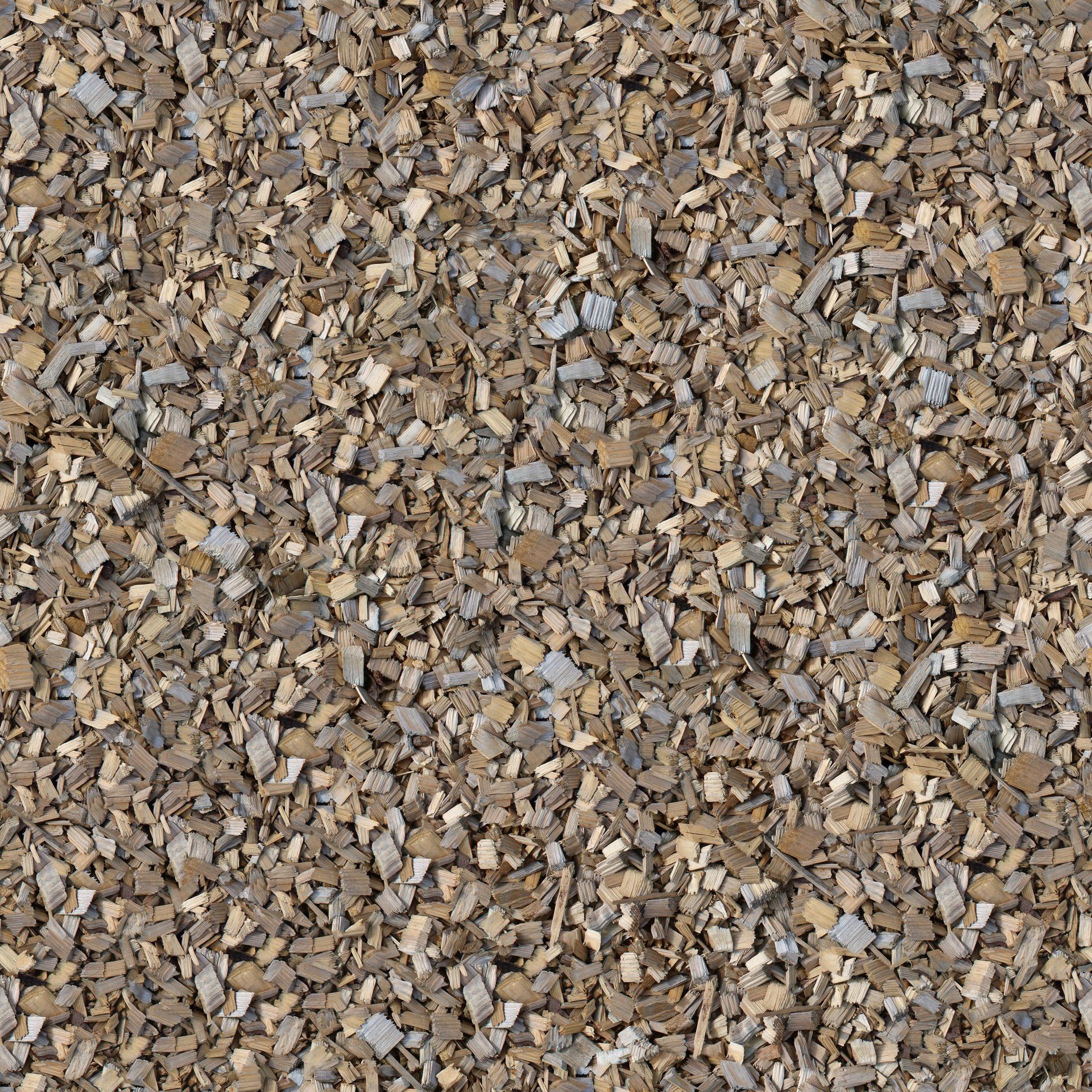
Organic gardening enthusiasts and sustainable landscapers rejoice! In this informative article, we will explore the myriad benefits of free wood chips and how they can unlock the full potential of your garden or outdoor space. Produced as a byproduct of tree removal or pruning, free wood chips are a valuable resource that can significantly improve your soil quality and plant health.
Harnessing the power of natural decomposition, wood chips slowly release essential nutrients into the soil, promoting healthy root development and moisture retention. Additionally, these chips act as a protective mulch layer, suppressing weeds and reducing the need for excessive watering or the use of synthetic fertilizers.
Not only do free wood chips offer remarkable savings on landscaping materials, but they also contribute to a more sustainable and eco-friendly garden. By utilizing this readily available resource, you can reduce waste and even prevent wood chips from ending up in landfills.
So, whether you're a seasoned gardener or just starting your green journey, join us as we unravel the benefits of free wood chips and unlock the secrets to cultivating a flourishing and sustainable garden.
🔍Where can I find free wood chips for gardening and landscaping
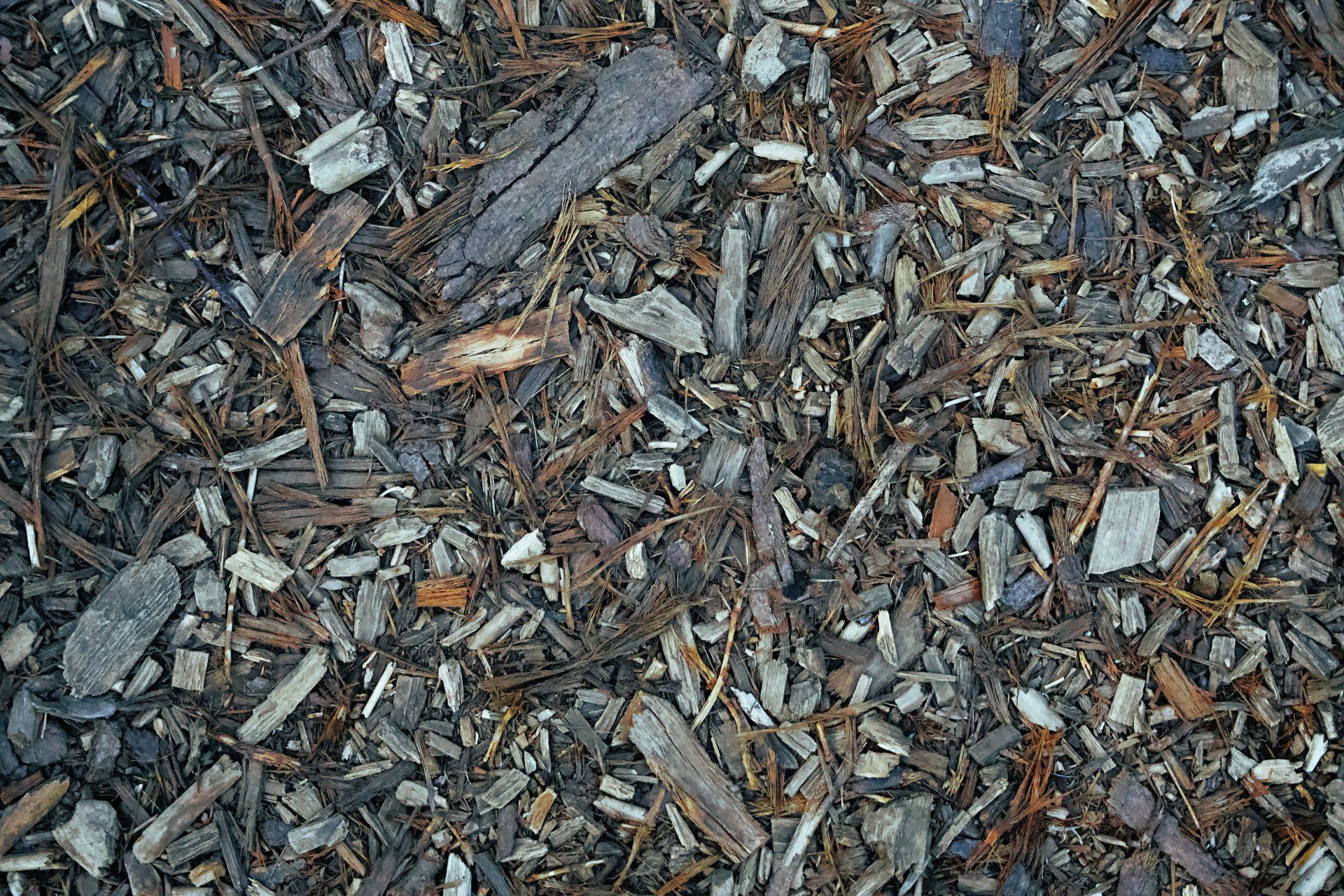
Wood chips can be obtained for free from various sources, making them easily accessible for both gardening and landscaping purposes. Tree removal companies, municipal organizations, and arborists are often the best places to start your search.
Tree removal companies regularly generate large quantities of wood chips as a byproduct of their work. By contacting local tree removal services, you can inquire about the availability of free wood chips. Many companies are happy to provide them as it saves them the cost of disposing of the chips.
Municipal organizations and arborists are also excellent sources for free wood chips. Municipalities often have tree maintenance programs that involve pruning or removing trees, resulting in the production of wood chips. Contacting your local government or arborist associations can help you find out where and when these wood chips are available.
It's important to note that the availability of free wood chips may vary depending on your location and the time of year. Therefore, it's advisable to inquire in advance, especially during peak gardening or landscaping seasons.
♻️What are the benefits of wood chips for my garden?
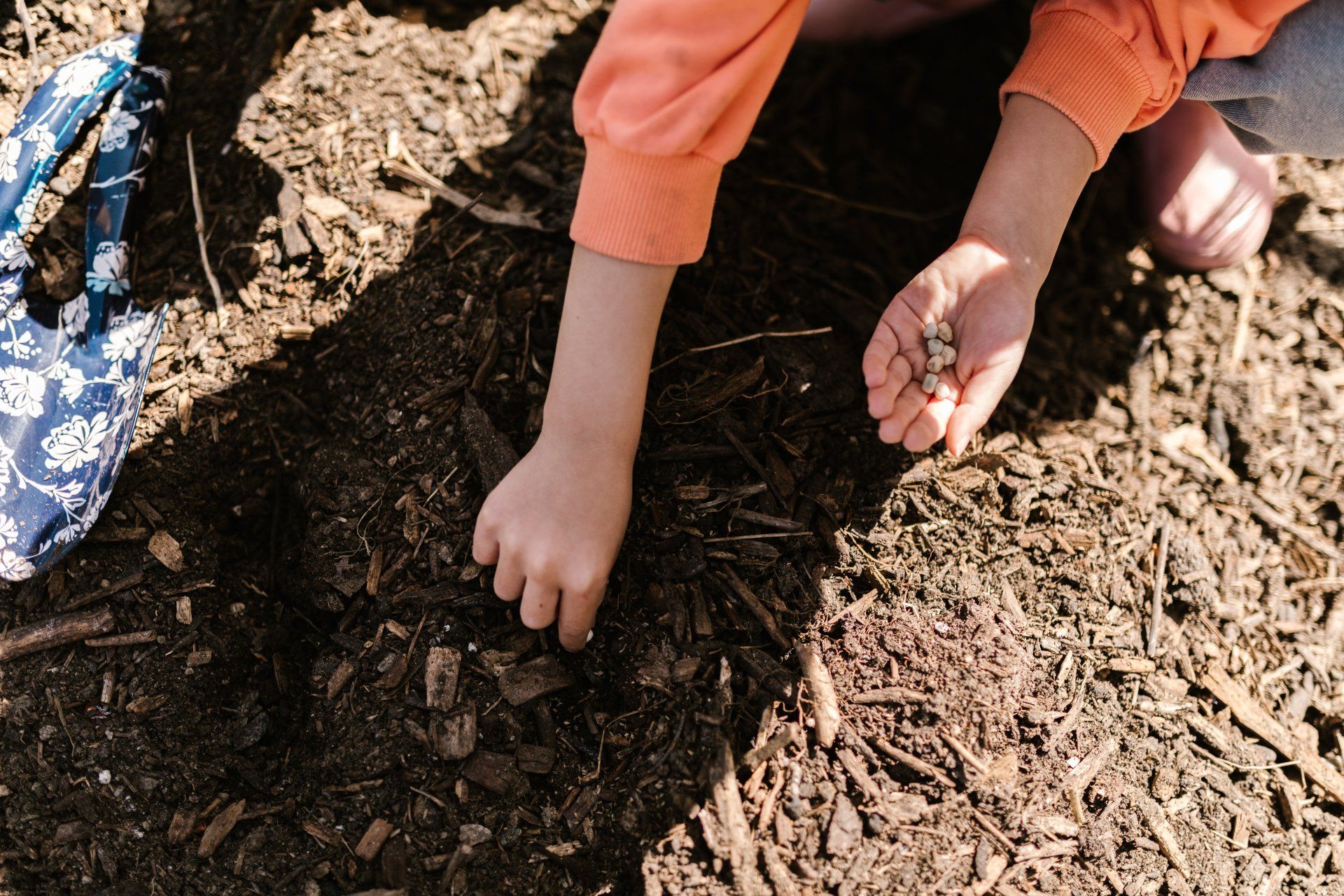
Free wood chips offer numerous benefits that can significantly enhance the health and productivity of your garden or outdoor space. These benefits include:
Improved Soil Quality: Wood chips undergo a natural decomposition process that adds organic matter to the soil. As they break down, they release essential nutrients such as nitrogen, phosphorus, and potassium, enriching the soil and creating a fertile environment for plant growth.
Moisture Retention: Wood chips act as a moisture barrier, reducing evaporation and helping the soil retain water. This is particularly beneficial in dry climates or during periods of drought, as it reduces the need for frequent watering.
Weed Suppression: The layer of wood chips acts as a natural mulch, effectively suppressing the growth of weeds. By blocking sunlight and preventing weed seeds from germinating, wood chips can significantly reduce the time and effort spent on weed control.
Temperature Regulation: Wood chips serve as insulation for the soil, helping to regulate soil temperature. They act as a buffer against extreme heat or cold, creating a more stable environment for plant roots.
Erosion Prevention: The use of wood chips on slopes or areas prone to erosion can help prevent soil loss. The chips form a protective layer that reduces the impact of rainwater and prevents the soil from being washed away.
By taking advantage of these benefits, you can create a healthier and more sustainable garden or landscape.
Different uses for free wood chips
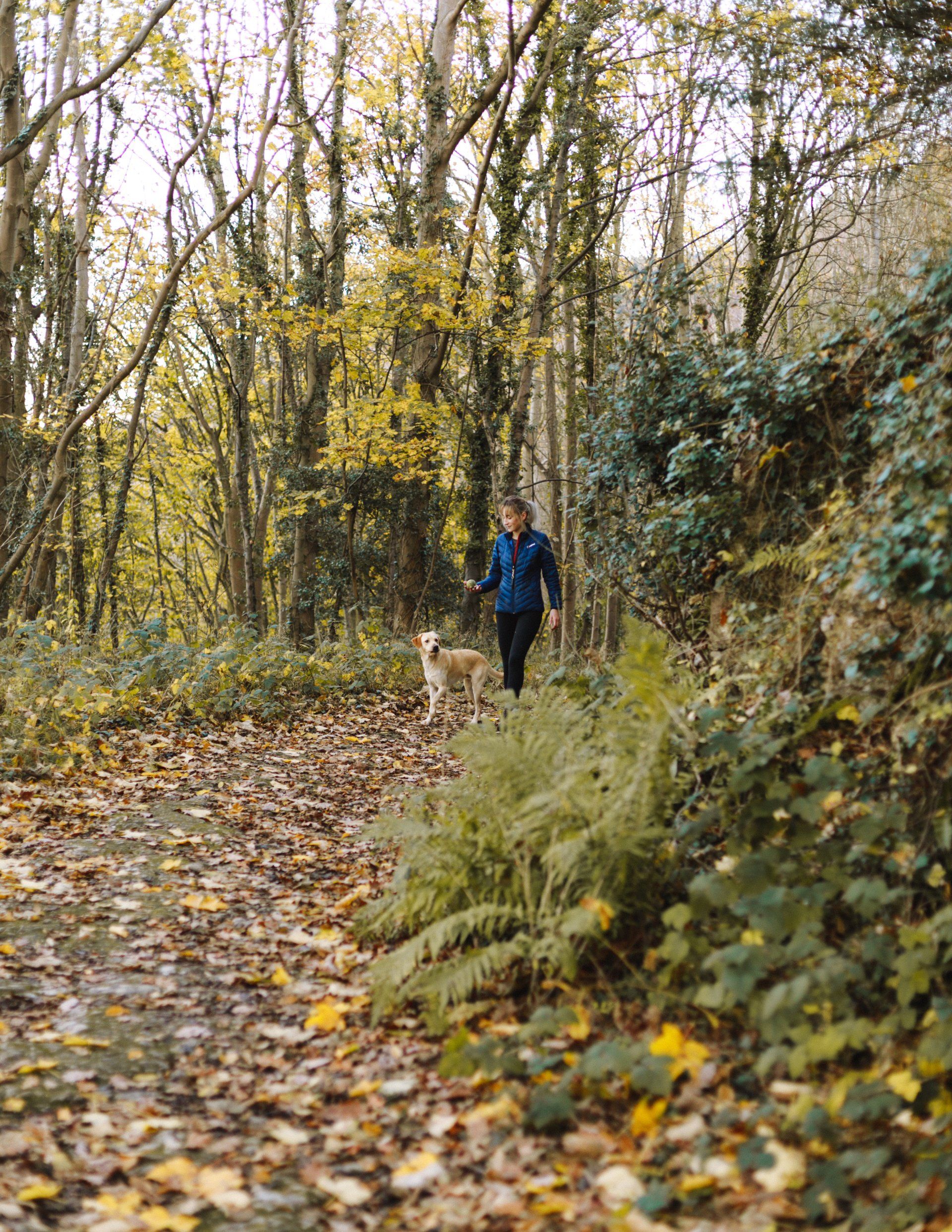
Free wood chips have a wide range of uses in gardening and landscaping. Let's explore some of the common applications:
Mulching: Wood chips make excellent mulch for gardens, flower beds, and around trees and shrubs. Spread a layer of wood chips around your plants to suppress weeds, retain moisture, and regulate soil temperature.
Composting: Wood chips can be added to compost piles to increase carbon content and improve aeration. They help balance the nitrogen-rich green materials and provide structure to the compost pile.
Pathways: Wood chips can be used to create natural and rustic pathways in your garden or landscape. They provide a softer surface compared to gravel or concrete, making them ideal for walking or jogging.
Playgrounds: Wood chips are commonly used as a safety surface in playgrounds. Their cushioning effect helps prevent injuries from falls and provides a natural and aesthetically pleasing play area.
Erosion Control: Wood chips can be used on slopes or areas prone to erosion to stabilize the soil. The chips create a barrier that slows down water flow and reduces soil erosion.
These are just a few examples of how free wood chips can be utilized in various aspects of gardening and landscaping. The versatility of wood chips makes them a valuable resource for both practical and aesthetic purposes.
How to obtain free wood chips

Obtaining free wood chips for your garden or landscaping projects is easier than you might think. Here are some steps to help you get started:
Research local sources: Begin by researching local tree removal companies, municipal organizations, and arborists. Find out if they offer free wood chips and if they have any specific requirements or procedures for obtaining them.
Make inquiries: Once you have identified potential sources, reach out to them and inquire about the availability of free wood chips. Provide details about your needs and the quantity you require, ensuring you have a clear understanding of any limitations or delivery options.
Arrange pickup or delivery: Depending on the source, you may need to arrange for pickup or delivery of the wood chips. Some companies may have designated drop-off locations, while others may be able to deliver the chips directly to your desired location.
Prepare your space: Before receiving the wood chips, make sure you have prepared the area where they will be used. Clear any debris or existing mulch, and ensure the soil is ready to receive the wood chips.
Spread the wood chips: Once you have obtained the wood chips, spread them evenly over the desired area. Aim for a thickness of 2-4 inches for optimal weed suppression and moisture retention.
Remember to express gratitude to the providers of free wood chips, as their generosity and cooperation contribute to a more sustainable and eco-friendly gardening and landscaping community.Describe the item or answer the question so that site visitors who are interested get more information. You can emphasize this text with bullets, italics or bold, and add links.
Choosing the Right Type of Wood Chips for Your Needs

When it comes to choosing the right type of wood chips for your needs, it's essential to consider the source of the wood, as well as the specific qualities you're looking for. Different tree species have distinct characteristics that can impact their suitability for various gardening purposes.
Hardwood chips, derived from trees such as oak or maple, are known for their slow decomposition rate and ability to retain moisture. These chips are ideal for long-term mulching and can provide a steady release of nutrients over an extended period. On the other hand, softwood chips, like those obtained from pine or cedar trees, decompose more quickly and can be beneficial for areas that require frequent soil amendments.
When sourcing free wood chips, it's crucial to inquire about the tree species involved. This information will help you determine the most suitable chips for your specific gardening needs. Additionally, it's advisable to avoid chips sourced from diseased or insect-infested trees, as they can introduce unwanted pests or pathogens into your garden.
To ensure the quality of the wood chips, ask the supplier about their production process. Chips that have been properly aged and composted will have a more uniform texture and be less likely to rob your plants of nitrogen during decomposition. A reputable supplier should be able to provide you with information on how long the chips have been composted, ensuring that they are safe and beneficial for your garden.
Are Wood Chips Suitable for Creating Pathways
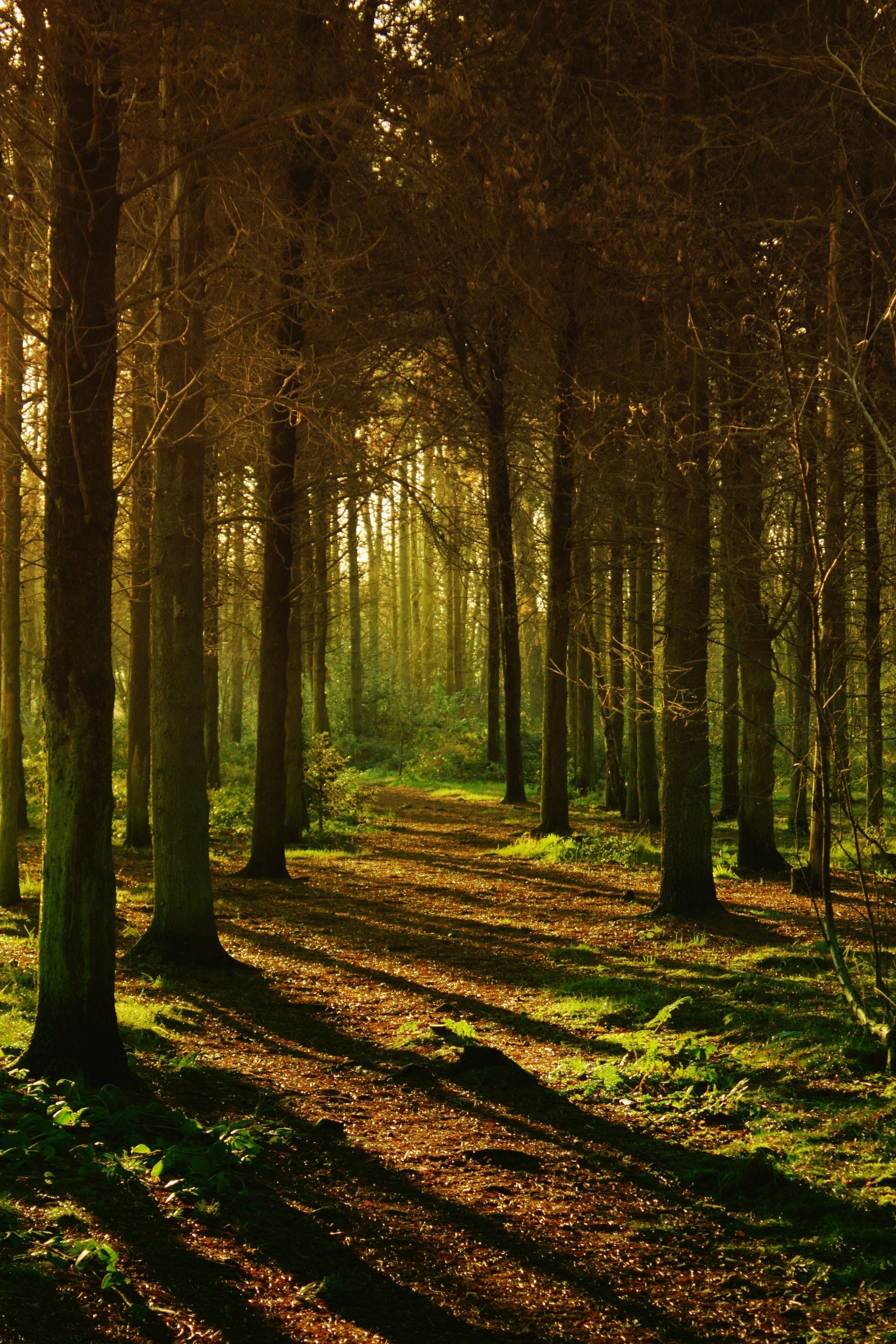
Yes, wood chips can be an excellent choice for creating pathways in your garden or outdoor space. Not only do they provide a natural and rustic appearance, but they also offer several practical advantages over traditional paved paths.
Wood chips act as a natural cushioning material, making them more forgiving to walk on than hard surfaces like concrete or stone. This can be particularly beneficial for individuals with joint or mobility issues, as the chips provide a softer surface that reduces impact and minimizes the risk of injury.
Furthermore, wood chips can help with water drainage, preventing the formation of puddles or slippery surfaces during rainy periods. The porous nature of the chips allows rainwater to penetrate the soil, reducing runoff and promoting healthy root growth.
When creating pathways with wood chips, it's important to prepare the area properly. Start by removing any existing grass or weeds and leveling the ground. Lay down a weed barrier fabric to prevent weed growth, then spread a layer of wood chips over the fabric. Aim for a thickness of around 2-3 inches to ensure adequate coverage and stability. Regularly replenish the chips as needed to maintain the desired appearance and functionality of the pathway.
It's worth noting that wood chips may require occasional maintenance to keep them in optimal condition. Over time, they may break down or become compacted, leading to uneven surfaces. Simply adding fresh chips and raking them to distribute them evenly can help restore the pathway's appearance and functionality.
🌿 How to Prepare Your Garden or Landscape for Wood Chip Mulching 🌿
Applying wood chip mulch to your garden or landscape improves soil health, moisture retention, and weed suppression. However, proper preparation is key to maximizing its benefits. Follow these essential steps:
🔹 1. Clear Existing Weeds
Remove all weeds and unwanted vegetation before applying mulch. This prevents them from sprouting through the wood chips and competing with your plants.
🔹 2. Prepare the Soil
✔ Loosen compacted soil to promote root growth.
✔ Remove rocks and debris to create a clean foundation.
✔ Enhance soil fertility by adding
organic matter like compost.
🔹 3. Apply a Weed Barrier (Optional)
Placing cardboard or weed barrier fabric before mulching further reduces weed growth and improves soil moisture retention.
⚠️ Avoid plastic sheeting as a barrier.
🔹 4. Spread the Wood Chips
✔ Apply
a 2–4 inch layer of wood chip mulch around plants.
✔ Keep mulch 2–3 inches away from tree trunks and plant bases to prevent rot, pests, and disease.
⚠️ Avoid mounding mulch ("volcano mulching") against trees.
🔹 5. Maintain & Refresh the Mulch
✔ Check mulch depth regularly and
replenish as needed.
✔ Over time, wood chips break down, enriching the soil with nutrients.
✔ Remove any compacted mulch to allow proper water and air flow.
By following these steps, you’ll create a healthy, well-mulched landscape that supports plant growth, improves soil quality, and minimizes weed problems.
Differences between fresh and aged chips
Free Mulch for Your Seattle Garden 🌱
Looking for free mulch near me in Seattle? You’re in luck! We’re offering up to 10 yd³ of premium wood-chip mulch—absolutely free—to homeowners across King County. Use it to:
- Suppress weeds in your garden beds
- Conserve soil moisture around trees and shrubs
- Create soft, natural walkways and play areas
How it works:
- Reserve your free mulch: Click the “Reserve Free Mulch” button below.
- Choose your drop date: Early-week slots (Mon–Wed) fill fastest—book ASAP!
- Get mulching: We’ll deliver a full truckload (10 yd³) right to your Seattle driveway or backyard.
🪵 Professional Tree Care Starts Here – Serving Seattle & Bellevue
🌿 Eco-friendly. Reliable. Fully Licensed.
📍 Proudly serving Seattle, Bellevue, and surrounding areas.
📞 Call us now at 206-486-7790 or
📩Request a Free Consultation Let us help you transform your landscape with expert tree services!
🌿 Have you used free wood chips in your landscaping? Share your experience in the comments below! ⬇️

